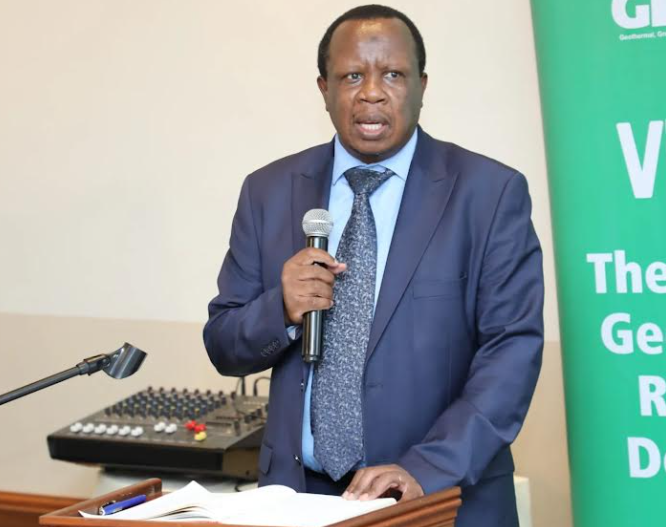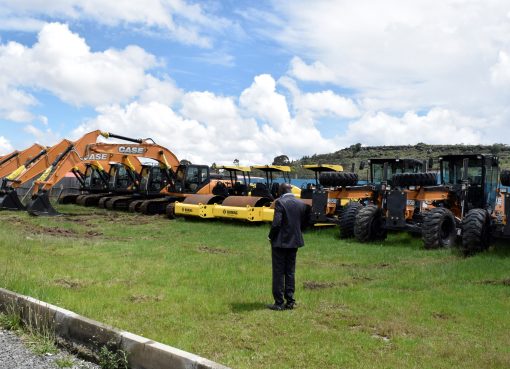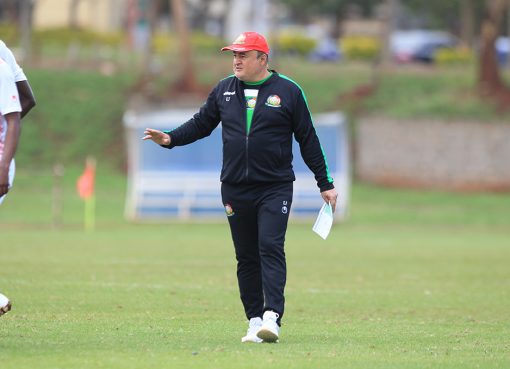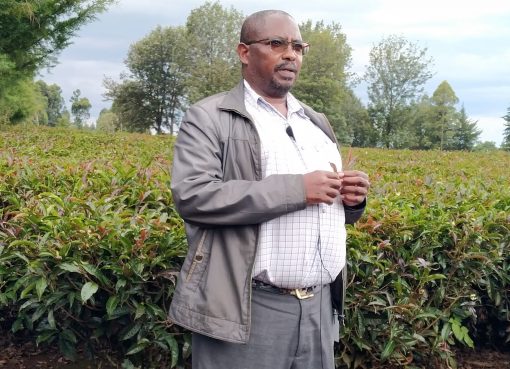The Power plants being developed at Menengai and Baringo-Silali Paka geothermal projects will significantly boost Geothermal Development Company’s (GDC) revenues and help the company in achieving its financial sustainability by 2029, the company’s Managing Director and Chief Executive Officer Paul Ngugi has assured.
The assurance comes even as it emerged that GDC had been relying heavily on government funding for its operations.
The Managing Director expressed confidence that once all the Independent Power Producers (IPPS) are operational at Menengai and Baringo-Silali Paka projects in Nakuru and Baringo Counties respectively, the GDC company would be able to pay its bills and have extra money for investments.
Two power producers are said to have started the construction of electricity plants with a combined capacity of 70 megawatts (MW) at the Menengai geothermal fields that are set to start feeding the national electricity grid by the end of next year.
This will bring the total power production capacity from the Menengai fields to 105MW as well as the completion of the first phase of the project that had experienced major delays, having initially been slated for completion in 2016.
Ngugi explained that the first power plant was built by local firm Sosian Energy and started electricity production in 2023 adding that the power plants at the geothermal fields were modular in design meaning they could be scaled up in future.
“Independent Power Producers utilizing geothermal steam from GDC’s resources will boost the firm’s revenue through the sale of steam and in generating and selling of electricity,” he explained.
Speaking during a meeting with Geothermal Advisory Board (GAB) members in Nakuru, Ngugi said GDC was also exploring wellhead technology which allows for smaller, modular power plants to be built directly at the wellhead, enabling faster deployment and access to revenues earlier in the investment cycle.
He added that GDC was targeting three IPPs at Menengai to operate the three geothermal power plants each with production capacity of 35 Megawatts for 25 years, with an estimated initial annual revenue of Sh1 billion for GDC.
At Baringo-Silali Paka, Ngugi said that GDC had harnessed 75MW of geothermal steam and that they were targeting to have a 105 MW power plant at Paka by 2027, with the opening of the Suswa field being in the pipeline.
GDC further aims to harness an additional 218 MW of geothermal steam capacity through drilling new wells and developing existing resources, which will allow for more steam to be sold to power plants and other industries, added the MD.
Additionally, the CEO said that GDC’s ongoing efforts to onboard strategic partners were expected to strengthen the company’s financial position adding that the insights and recommendations from the Geothermal Advisory Board have been invaluable in refining operations and ensuring long-term success of the company.
The weeklong deliberations with members of the Geothermal Advisory Board saw diverse experts engage with GDC on various issues ranging from drilling to well-sighting and project development.
The CEO noted that the Geothermal Advisory Board had been instrumental in the company’s progress adding that as an independent entity, the board had been providing invaluable insights that enhance GDC’s research initiatives, streamline operations, and boost efficiency.
He indicated that GDC was also planning to commercialise direct-use projects, where geothermal heat is used for industries like farming, food processing, and greenhouses, potentially generating revenue from the sale of steam or heat for these applications.
Ngugi observed that GDC may also generate revenue through consultancy services, providing expertise in geothermal development to other organisations.
Last year an American firm Orpower 22 broke ground at the Menengai Geothermal project for construction of a 35MW plant where the firm expects to spend Sh11.7 billion putting up the power plant in 14 months. The event was attended by President William Ruto.
In June last year, UK’s Globeleq company which is developing another 35MW power plant, also broke ground and is expected to start feeding the national grid by the end of 2025.
In addition to increasing the renewable energy generation capacity in the country, the MD said that the Menengai geothermal project was expected to reduce greenhouse gas emissions by 1.95 million tonnes of carbon dioxide annually.
The Menengai fields were developed by GDC, which is mandated with undertaking the capital-intensive work of exploration for geothermal steam and then developing viable fields by drilling production wells and building steam gathering systems.
GDC has a 2023-2027 strategic plan outlining its goals and vision for geothermal development in Kenya. The Plan is centered on a number of goals classified under geothermal resource development, mobilisation of financial resources, stakeholder management, and strengthening of the company’s organisational capacity.
By Esther Mwangi





